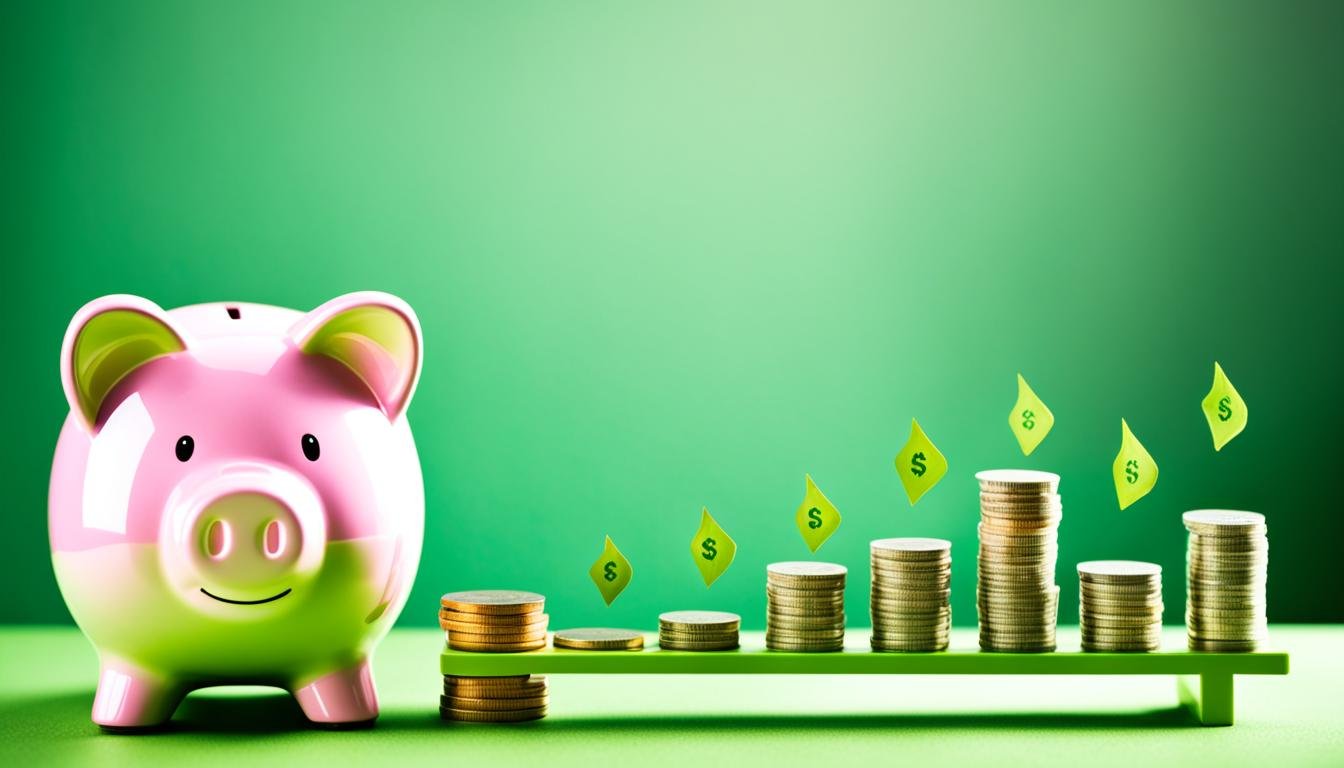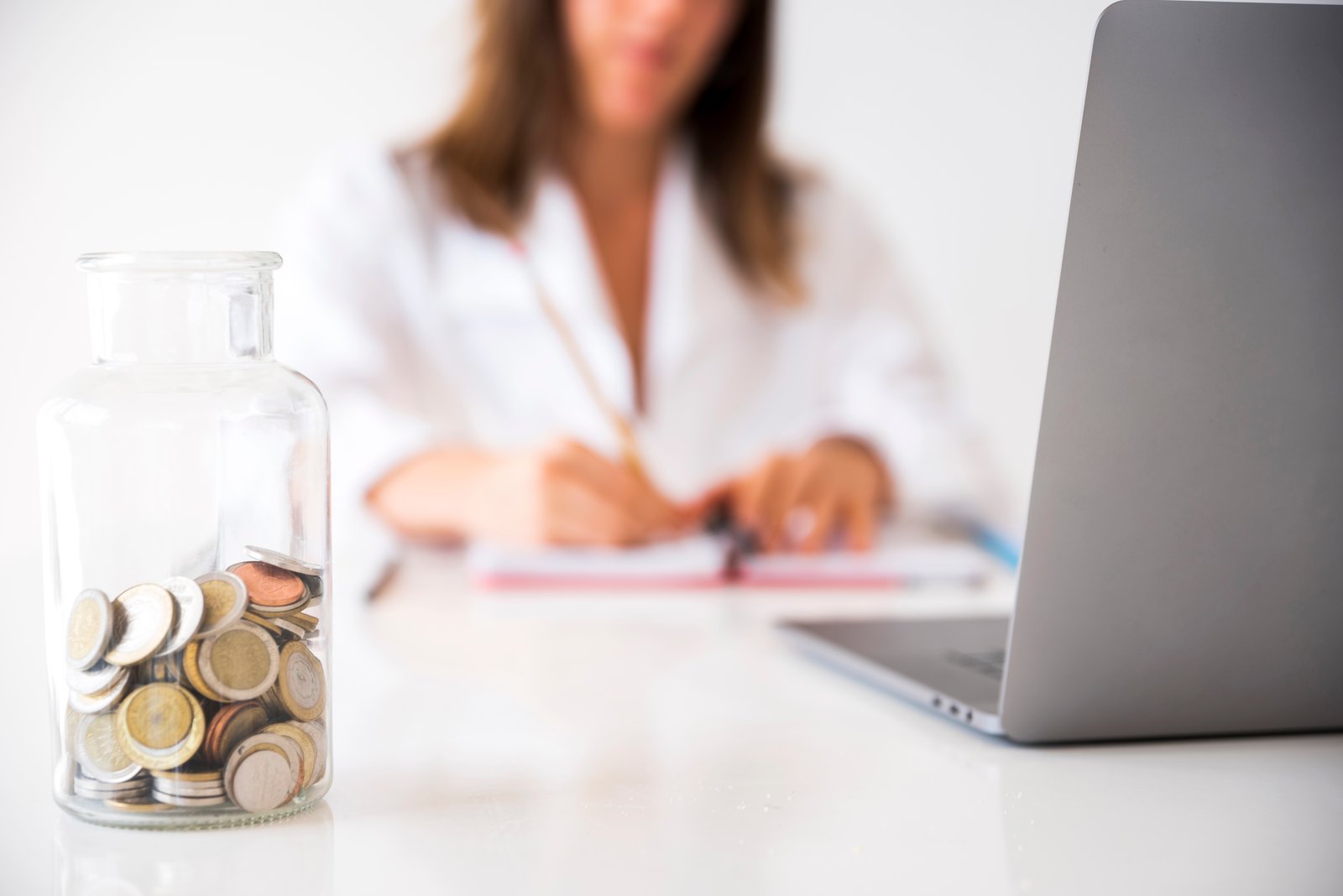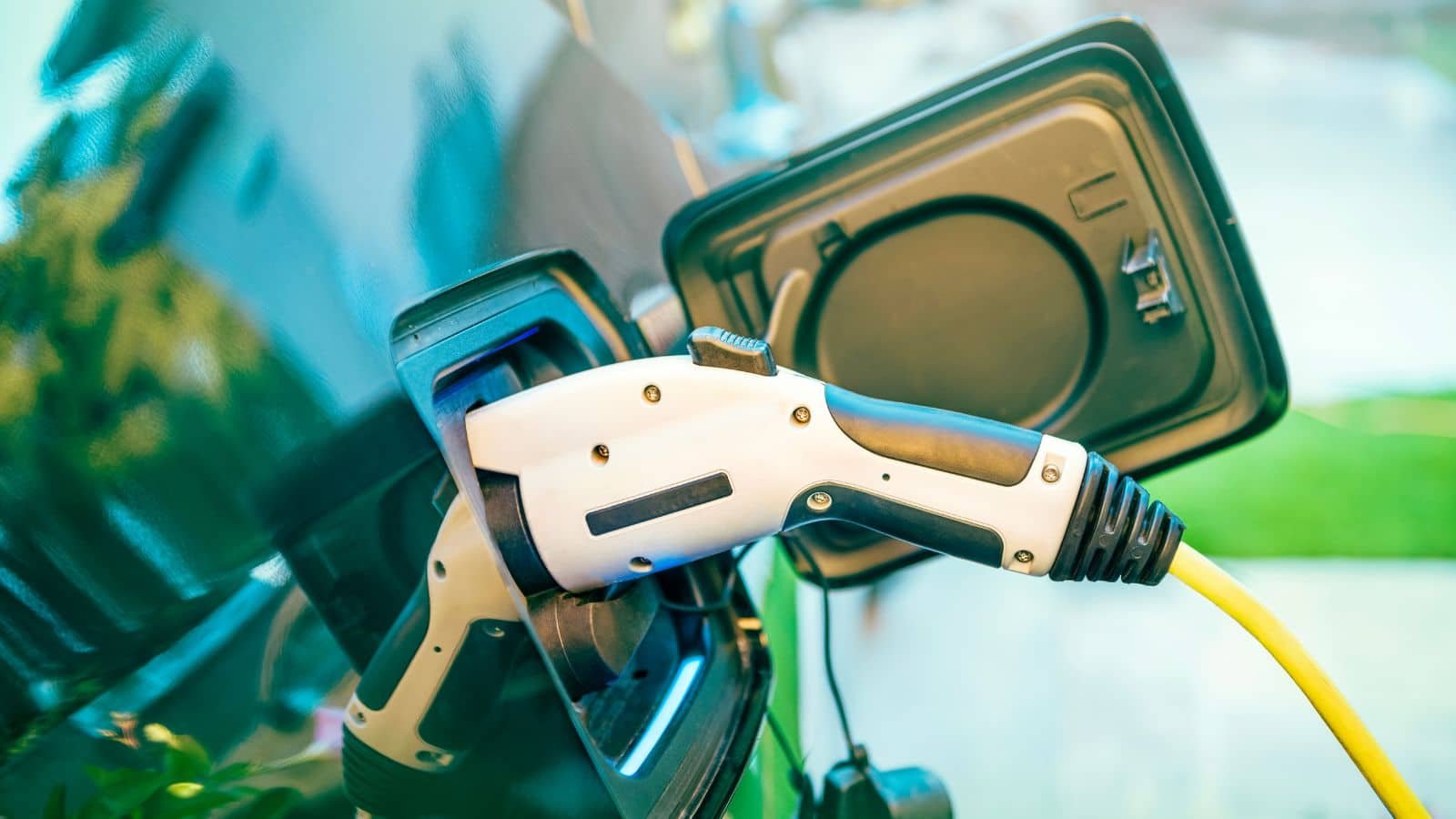What Are the Best Practices for Building an Emergency Fund?
Imagine this: your car breaks down and the repairs cost a lot. Or you suddenly lose your job and struggle to pay bills. How would you deal with these urgent money issues? Having an emergency fund is key.
An emergency fund is your financial backup for unexpected expenses. This could be car or house repairs, medical costs, or when you lose your job. It helps you manage these surprises without falling into debt.
So, what are the best ways to build one? How much do you need? And where should you keep it? We’ll answer these questions. You’ll learn how to create a strong emergency fund. Start securing your financial future now!
Key Takeaways:
- An emergency fund is a cash reserve for unplanned expenses or financial emergencies.
- It acts as a financial safety net and provides security against unexpected costs.
- The amount needed in an emergency fund varies, but even a small fund can offer protection.
- Strategies for building an emergency fund include creating a savings habit, managing cash flow, and taking advantage of one-time opportunities to save.
- Where to keep the emergency fund depends on personal preference and accessibility.
What is an emergency fund and why is it important?
An emergency fund is money saved for unplanned expenses or financial surprises. It’s a safety net for costs like car or home repairs, medical bills, or if you lose your job. Having this fund is important because it helps avoid debt when faced with a financial shock.
Research shows people with less savings struggle more after a financial surprise. They might use credit cards or loans, leading to tough debt. So, a financial safety net is key to keeping financial security.
“An emergency fund is like a safety net that helps you navigate through unexpected expenses without falling into debt.”
How much should be in an emergency fund?
The right amount for an emergency fund depends on each person’s situation. Think about surprising costs you’ve faced before to figure out how much to save. This approach helps define a target for your emergency savings.
It’s crucial to set a goal that feels achievable and secure. Even a modest emergency fund can help cushion against sudden expenses. Ideally, aim to save for three to six months of expenses. However, this goal can change based on things like dependents, job certainty, and other financial aids.
| Factors to Consider | Savings Goal Recommendation |
|---|---|
| Dependents | Consider saving more to account for additional financial responsibilities |
| Job Stability | Save enough to cover expenses during unemployment or a potential job loss |
| Access to Other Financial Support | Adapt the savings goal based on available resources like insurance or assistance programs |
Reviewing personal situations and past emergencies can guide someone’s emergency fund target. Remember, any emergency fund size offers a shield against financial surprises. This step improves your financial health.
Strategies for building an emergency fund – Creating a savings habit
Building an emergency fund starts with a good savings habit. You can grow your fund by saving money regularly. It’s smart to set clear goals and know where you’re heading with your savings.
“A savings goal provides motivation and guidance for building an emergency fund.”
Begin with a savings goal that matches your finances and dreams. A clear goal helps you stay focused and driven. It could be saving a certain amount each month or reaching a goal within a timeframe.
Making regular contributions is crucial. You can set up automated transfers to your emergency fund. This makes sure a set amount is saved regularly, without you having to remember.
Using extra money, like tax refunds, wisely also helps. Put a part, or all, of this extra money into your emergency fund. This can boost your savings significantly.
Keep an eye on your fund’s growth to stay motivated. Celebrate when you hit savings milestones. This will help you stay excited about saving.
Benefits of a Savings Habit:
- It builds financial discipline and responsibility.
- It creates a sense of security and peace of mind.
- It helps you develop healthy financial habits for the long term.
- It prepares you for unexpected emergencies.
- It allows you to achieve your financial goals more effectively.
Starting a savings habit is a big step towards a secure emergency fund. Keep contributing regularly, set goals, monitor your progress, and celebrate achievements. Doing these things sets you up for financial success in the future.
Strategies for building an emergency fund – Managing cash flow
Understanding when you earn and spend is key to building an emergency fund. It lets you see chances to save more. Here are strategies to manage your cash better:
- Spending Adjustments: Review your spending habits to see where you can cut back. This might mean spending less on things you don’t need, finding more affordable options, or choosing needs over wants. This way, you can save more for your emergency fund.
- Bill Due Date Adjustments: Try to match your bill due dates with when you get paid. This ensures you have the cash to pay bills on time, avoiding late fees. Talk to your creditors or service providers about changing due dates.
- Track Cash Flow: Monitor your income and expenses closely. Use apps, digital tools, or spreadsheets for this. Knowing where your money goes helps you find ways to save and spend wisely.
- Savings Opportunities: Look for times when you have extra money. This could be from a bonus or tax refund. Put some of that money into your emergency fund. Saving during these times can help your fund grow faster.
Managing your cash flow well is good for anyone, no matter how much you earn. It helps you make smart money choices, find more chances to save, and reach your financial goals.
Example Cash Flow Management Table
| Month | Income | Expenses | Savings |
|---|---|---|---|
| January | $4,500 | $4,000 | $500 |
| February | $4,000 | $3,500 | $500 |
| March | $3,800 | $4,200 | -$400 |
| April | $4,300 | $4,000 | $300 |
| May | $4,500 | $4,500 | $0 |
This table shows a simple example of managing cash flow every month. By keeping an eye on their cash flow, someone can save $500 in January, February, and April, even with a shortage in March. Knowing their cash flow well helps them make the most of saving chances and adjust to hit their financial targets.
Strategies for building an emergency fund – Taking advantage of one-time opportunities to save
Seizing one-time opportunities is a fast way to build up your emergency fund. Think about the times you get tax refunds or cash gifts. These moments give you a big chance to boost your savings. Most Americans get a big tax refund every year. You could use some or all of that money for your emergency fund. This way, you can make your financial safety net stronger, faster.
Holidays and birthdays can also bring cash gifts your way. Instead of spending this money right away, think about saving it. Even saving part of it can help your emergency fund grow. It’s easy to want to buy something fun, but saving helps you in the long run.
For people like freelancers or those earning commission, these chances are especially important. Their income isn’t always the same every month. Saving during these times is key for building a solid emergency fund.
“By using one-time opportunities like tax refunds or cash gifts, you can quickly grow your emergency fund. This brings more financial security.” – Jane Smith, Financial Advisor
It might be tempting to spend unexpected money on things you want right away. However, putting it into your emergency fund is smarter. This keeps you ready for emergency expenses. By doing this often, you’ll have a strong financial safety net in place.
Comparison of One-Time Opportunities to Save
| One-Time Opportunity | Advantages |
|---|---|
| Tax Refund | Large sum of money that can significantly boost your emergency fund |
| Cash Gifts | Opportunity to save additional funds without impacting regular income |
| Saving Windfalls | Quickly establish and strengthen your emergency fund |
Strategies for building an emergency fund – Making saving automatic
Making saving automatic is an effective way to grow an emergency fund. By setting up automatic transfers from your checking to a savings account, you make sure you save regularly. This method makes saving for emergencies easy and keeps you on track.
Setting up automatic transfers through your bank is simple. Choose how much money and how often to transfer, based on what you can afford. Doing this helps you reach your savings goal with regular, manageable amounts.
It’s vital to keep an eye on your savings to make sure you have enough for transfers. Watching your account lets you adjust your savings or budget as needed. This way, you can keep building your emergency fund without stress.
Automatic saving works well for people who earn a regular income. It helps make saving a natural part of your budget, preventing you from spending what you might save. This strategy keeps your saving efforts focused and consistent.
An emergency fund is key for financial security. Automatic saving helps you build this fund with less effort. Over time, you’ll have a solid safety net for unexpected expenses.

| Benefits of Making Saving Automatic | Considerations |
|---|---|
| – Ensures consistent contributions | – Regularly monitor your account balance |
| – Establishes a hassle-free savings routine | – Adjust contributions and budget as needed |
| – Integrates saving seamlessly into your financial routine | – Suitable for individuals with consistent income |
| – Helps prioritize saving and build your emergency fund |
Strategies for building an emergency fund – Saving through work
Saving through work is easy and works well to build an emergency fund. Many employers let you split your paycheck. This means you can automatically send part of your pay to a savings account. By doing this, you save money first before anything else.
This method is great for people who earn a regular income. It makes saving effortless and helps avoid spending all your money. By moving some of your paycheck to your emergency fund, you focus on your financial safety. This way, you keep adding to your savings.
Don’t forget about employer contributions. Some employers match what you save, adding more to your accounts. This match encourages you to join savings plans at work. It makes your emergency fund grow quicker, helping you meet your saving targets sooner.
Use the chance to save at work by setting up paycheck splitting. Also, check if your employer offers contributions or matching. These options can help you save regularly. This will boost your emergency fund quickly.
Now, let’s look at where to keep your emergency fund. It should be safe and easy to get to when you need it.
Where to keep an emergency fund
Choosing the right spot for your emergency fund is crucial. It ensures your money is safe and reachable. Let’s look at a few choices:
1. Bank or Credit Union Account
Many prefer a bank or credit union for their emergency cash. These places keep your money safe and let you get to it when needed. Store your emergency funds in a separate account to watch it grow safely. Moreover, these accounts often have insurance from the FDIC or NCUA. This adds an extra layer of security for your savings.
2. Prepaid Card
Consider using a prepaid card for your emergency fund too. Prepaid cards make loading and using funds straightforward. Putting your emergency money on a prepaid card keeps it apart from regular spending. Make sure you pick a prepaid card that is secure and doesn’t charge high fees.
3. Cash
Some still go old-school and stash their emergency fund in cash. Cash lets you get to your funds right away in any crisis. But, there’s always a risk of losing it or having it stolen. Keep it in a safe place at home, like a locked safe or a secret spot, to reduce risks.
Finding a safe, reachable spot that keeps you from dipping into it for everyday expenses is essential. Weigh the pros and cons of each to find what works for you. Your choice should align with your needs and situation.
The main aim is to have your emergency fund ready for use, giving you financial stability and peace of mind during surprises.
| Storage Option | Advantages | Considerations |
|---|---|---|
| Bank or Credit Union Account | – Secure storage and convenient access – Separate account for easy tracking – FDIC/NCUA insurance | – Some accounts may have fees – Limited access during bank holidays or closures |
| Prepaid Card | – Convenient loading and access – Separation from regular spending accounts | – Potential fees and security risks – Limited acceptance at certain establishments |
| Cash | – Immediate access to funds – No reliance on electronic systems | – Risk of theft or loss – Difficult to track and account for expenditures |
Guidelines for using the emergency fund
It is key to have clear guidelines for when to use the emergency fund. This ensures it’s only used when really needed. An emergency fund is for true emergencies or unexpected costs that come up.
Unforeseen events like car troubles, losing a job, house fixes, or sudden medical bills are examples. Using the emergency fund for these real emergencies helps avoid debt from credit cards or loans.
We must know what counts as a real emergency. The emergency fund is not for fun or non-essential spending. This means no using it for vacations, fancy gadgets, or going out to eat.
When you do use the emergency fund, keep track of what you take out. And try to put the money back as soon as you can. Putting the money back ensures it’s there for the next emergency. It also keeps up the habit of saving.
Smart use of the emergency fund, following the rules, is key. It helps avoid debt and keeps finances stable if unexpected costs hit.
Key Guidelines for Using the Emergency Fund:
- Use the emergency fund for real emergencies, like car problems, losing a job, house repairs, or medical bills.
- Don’t use the emergency fund for fun or non-essential costs.
- Keep an eye on what you take out of the emergency fund.
- Put money back into the emergency fund as soon as you can to keep it ready for next time.
- Stick to the rules to avoid debt and keep your finances stable.
Remember, the emergency fund is your financial safety net. Use it wisely, understanding its purpose and limits. Following the guidelines helps keep you safe from financial trouble and builds a strong financial future.
Following these steps helps use the emergency fund right. This way, we’re ready for any money surprises that come our way. Keeping the emergency fund ready and refilling it quickly is key for protection against unexpected financial hits.
When to use the emergency fund
An emergency fund is crucial for managing your money wisely. It’s there for unexpected expenses that aren’t part of your monthly budget. This includes things like medical bills you didn’t see coming, car breakdowns, or sudden home repairs.
It’s important to use the emergency fund for real surprises. This way, you won’t have to borrow money or use credit cards. Keeping debt away is key.
“Using the emergency fund helps avoid reliance on credit cards or loans, preventing debt accumulation.”
After using the emergency fund, make it a priority to fill it back up. This makes sure it’s there for you in the next unexpected moment. It keeps your finances secure for the future.
| Unplanned Expenses | Examples |
|---|---|
| Medical bills not covered by insurance | Unexpected medical procedures or treatments |
| Car repairs | Engine issues, transmission problems |
| Home repairs | Leaking roof, burst pipes |
Conclusion
Creating an emergency fund is key to reaching financial safety. Starting to save money regularly and handling cash wisely helps build a strong safety net. This protects you from sudden costs and tough financial times. Using unexpected chances to save, automatic saving, and getting employer help by splitting your paycheck can make your emergency fund grow faster.
Choosing the right amount for your emergency fund depends on your personal situation. You need to set achievable saving targets. It’s important to use the emergency fund carefully and refill it when needed. This way, you keep your financial security strong, ready for any difficulties ahead.
An emergency fund isn’t just about having cash on hand. It’s about using it for real emergencies and avoiding unplanned expenses. This helps you stay out of debt and keep your finances healthy. Building and keeping an emergency fund takes effort and discipline. Yet, the sense of security and peace of mind it brings is totally worth it.







